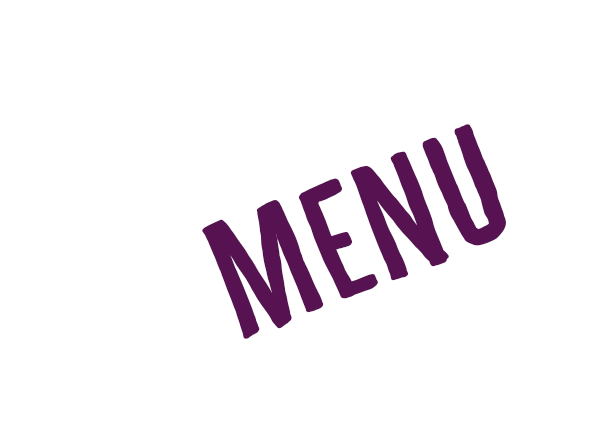- Tofterøyvegen 453 5379 Steinsland
- Call us: (0047) 926 42 925
Iodine – How Seaweed Can Help You with it

What Is It?
It sounds like one of those girls trapped in a castle, but in fact iodine is an essential element that is required for thyroid hormone synthesis (De Benoist, et al. 2008). That is to say, it helps creating healthy babies with healthy brains.
Introduction to Iodine
Iodine is especially important for children and pregnant women.
Mostly, a deficiency in iodine may affect reproductive functions. Many Western women are actually expected to have a loss of iodine, which is especially unfortunate if faced during pregnancy and childbirth as “an iodine deficiency during pregnancy is associated with obstetric and neonatal adverse outcomes.” (Mioto, et al. 2018).
The World Health Organization has in fact stated that a deficiency in iodine could result in irreversible brain damage in the fetus and infant, along with retarded cognitive and psychomotor development in the child.
Risks in Iodine Deficiency
The iodine content of certain seaweed species is particularly high, making it a favorable supplement for those particularly at risk of having iodine deficiency.
Using algae as a source of iodine is a long standing tradition. In fact, in the old days, seaweeds were used during sea trips in order to prevent scurvy. This has nothing to do with pregnancy, but it goes to show how useful it has been without many of us knowing.
Mental impairment is also one of the great consequences of iodine deficiency. It can lead to poor school performance, reduced intellectual ability, and impaired work capacity (Miller, 2006).
Hypothyroidism (Also Known as “Goiter”)
Another problem comes from incorrect thyroid hormone production.
Hypothyroidism is one of the main effects of iodine deficiency in any stage of life. It comes up when iodine intake falls below the recommended levels, and the thyroid gland is unable to produce the right level of thyroids (De Benoist, et al. 2008).
How Much Iodine Should I Be Eating?
If you are in Norway, the World Health Organization has already made a convenient chart for you, and it is begging you to please, please make sure to keep up with what they have prescribed (Dahl, 2004):
- For children 4-6 years — 90 mg
- For children 7–10 years — 120mg
- For children 10+ years — 150 mg
(Please note an adult counts as a child of 10+ years)
70 mg is the lowest recommended daily intake of iodine, whereas 1,100mg is the highest recommended daily intake.
Just in case, the Scientific Committee on Food (SCF) of the EU has established the maximum intake of iodine to 600 mg per day.
How to Control Iodine Levels
The most widely used strategy to combat iodine deficiency is simple: adding iodine to salt.
It is clever, because everyone uses salt. Therefore, everyone has higher levels of iodine by the end of the day.
The problem is that table salt (along with other kinds of salt) contains high levels of sodium too (whoooops!).
According to the World Health Organization, high levels of sodium are directly related with health problems, such as high blood pressure and heart attacks.
Following, we need to find a healthy source of iodine. Some options are vegetables or fish, but those usually are not concentrated enough, and you do not want to eat gigantic portions of fish and vegetables to make up the dosage (Zava and Zaba, 2011).
Seaweeds, on the contrary, have the unique ability to concentrate iodine from the ocean. Certain types of brown seaweed can accumulate over 30,000 times the iodine concentration of seawater around them. They also have higher concentrations than their terrestrial counterparts (0.001 to 0.5 mg/gm, according to Zava and Zaba, 2011).
Iodine consumption is varying across the human race too. In Japan, for example, where seaweeds are an integral part of their diets, people consume a 50-fold greater amount of iodine than their U.S. counterpart.
U.S. people consume 240 mg of iodine per day, whereas a Japanese person consumes more than 12,000 mg. Korean women, for instance, also use kombu largely after a pregnancy, and it is otherwise a solid feature on traditional Asian dinner tables.
Ultimately, seaweeds are an excellent supply of our daily needs of iodine, especially as they come without the risk of increased levels of sodium.
References https://www.cambridge.org/core/journals/british-journal-of-nutrition/article / low-level-seaweed-supplementation-improves-iodine status-in-iodine-insufficiently treated-women / E602BCE8ADED587DFA69E7FD86622649 Dahl, L., Johansson, L., Julshamn, K., & Meltzer, H. M. (2004). The iodine content of Norwegian foods and diets. Public Health Nutrition, 7(04), 569-576. doi:10.1079/phn2003554 De Benoist, B., McLean, E., Andersson, M., & Rogers, L. (2008). Iodine deficiency in 2007: global progress since 2003. Food and nutrition bulletin, 29(3), 195-202. https://www.who.int/nutrition/publications/micronutrients/FNBvol29N3sep08.pdf?ua=1 Miller, D: Iodine for health. 2006. http://www.lewrockwell.com/miller/ miller20.html Mioto, Verônica Carneiro Borges et al. “High prevalence of iodine deficiency in pregnant women living in adequate iodine area” Endocrine connections vol. 7,5 (2018): 762-767. World Health Organization. Salt reduction. https://www.who.int/news-room/fact-sheets/detail/salt-reduction World Health Organization. (1994). Iodine and Health: eliminating iodine deficiency disorders safely through salt iodization. World Health Organization. http://apps.who.int/iris/handle/10665/58693 Zava, T. T., & Zava, D. T. (2011). Assessment of Japanese iodine intake based on seaweed consumption in Japan: A literature-based analysis. Thyroid research, 4(1), 14. http://www.thyroidresearchjournal.com/content/4/1/14
Kommentar
Tang og tare;
Den Ultimate Guiden!
Her kan du lese alt du ikke visste du ville vite om supermaten fra havet. Fra vikingene til skjønnhetsindustrien, tang og tare har mange bruksområder!






